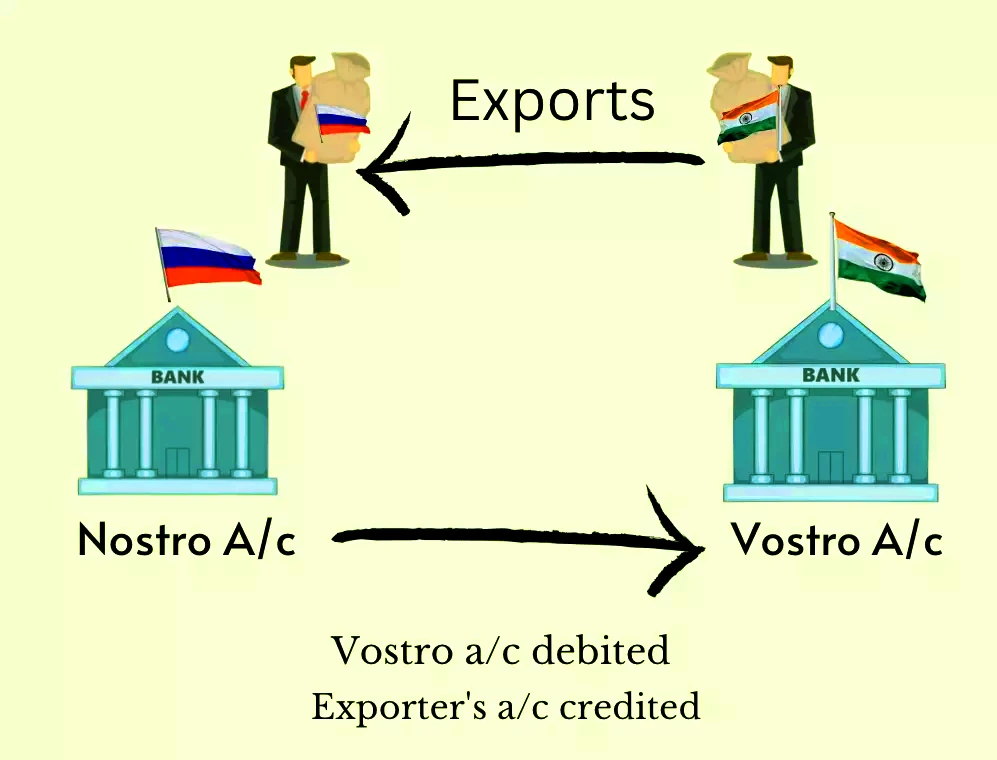
News Source: Business Standard
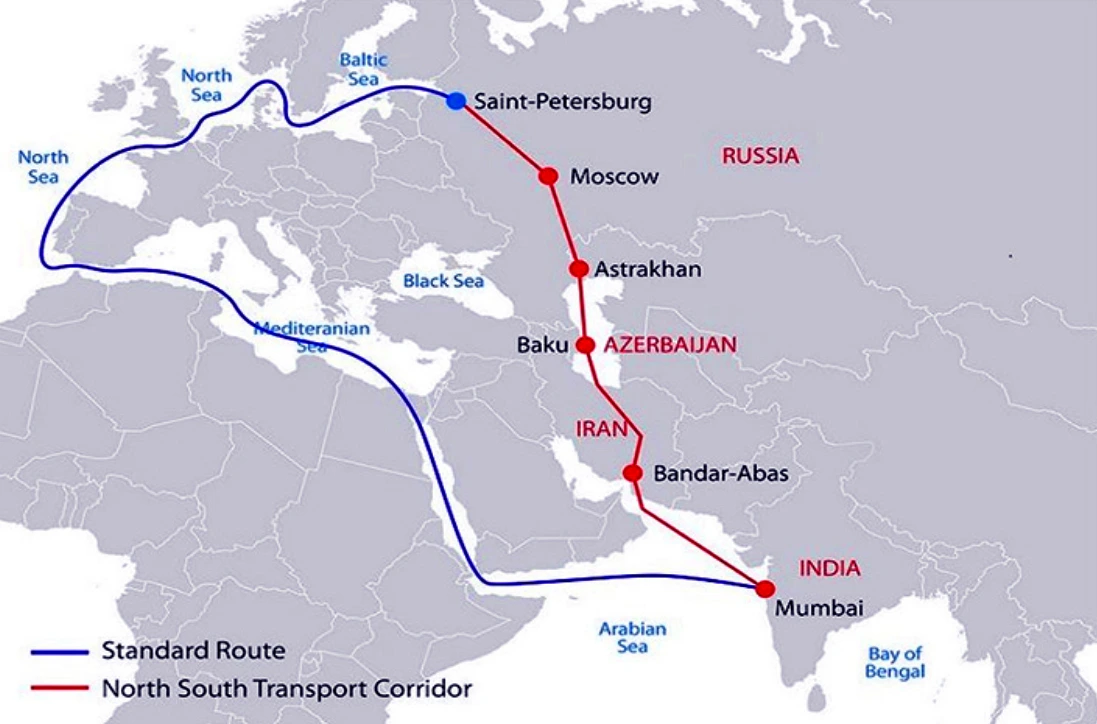
News Source: Economic Times
About Demonetization: It is the act of stripping a currency unit of its status as legal tender. It occurs whenever there is a change in national currency.
|
|---|
Context:
Project Cheetah: Milestones Achieved in Conservation and Local Community Engagement
About Project Cheetah: The Government of India launched it to bring back Cheetahs to India.
|
|---|
Assessing Project Cheetah: Achievements and Challenges in Conservation Efforts
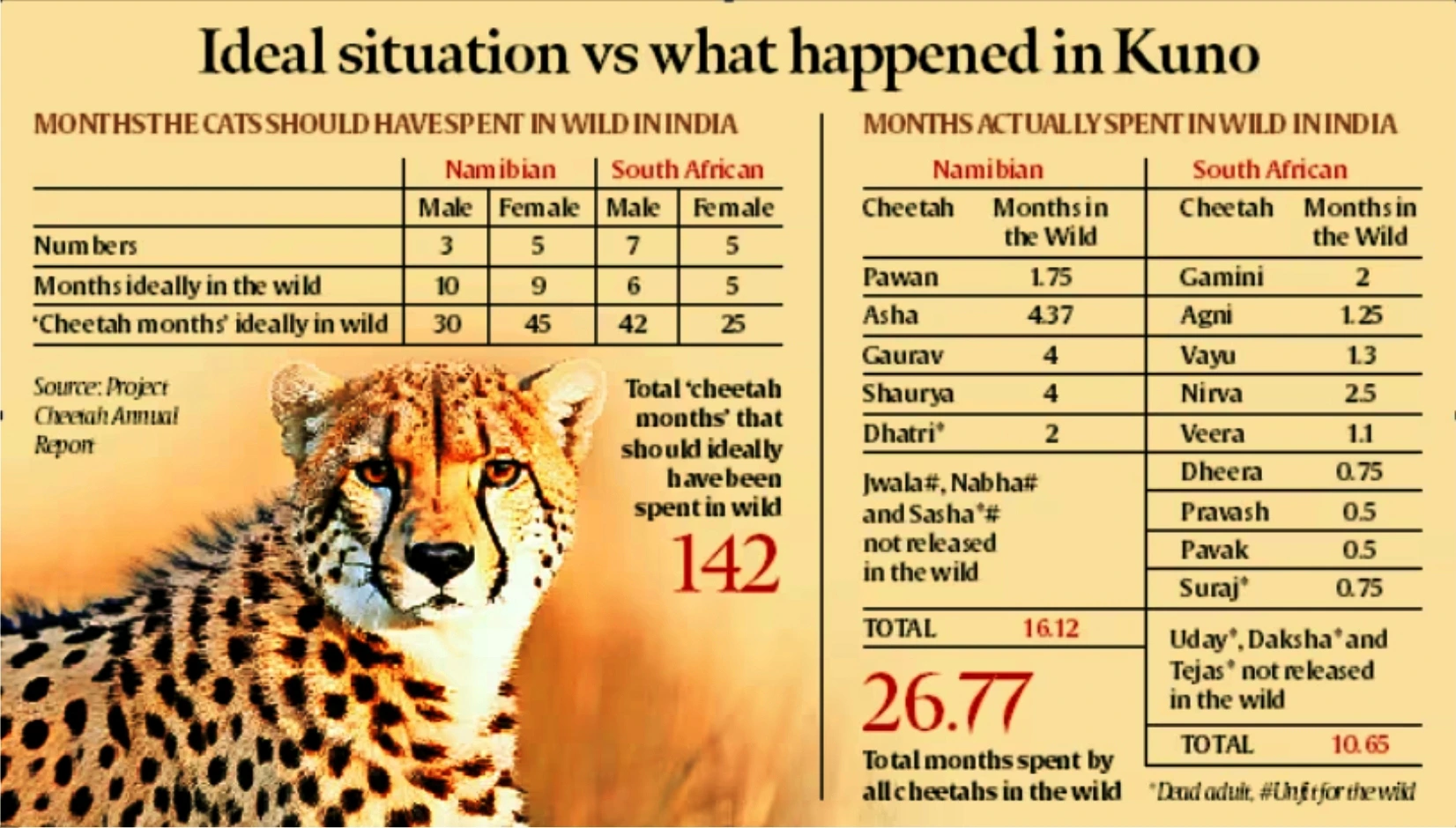
News Source: Indian Express
About Quacquarelli Symonds(QS): QS World University Ranking
|
|---|
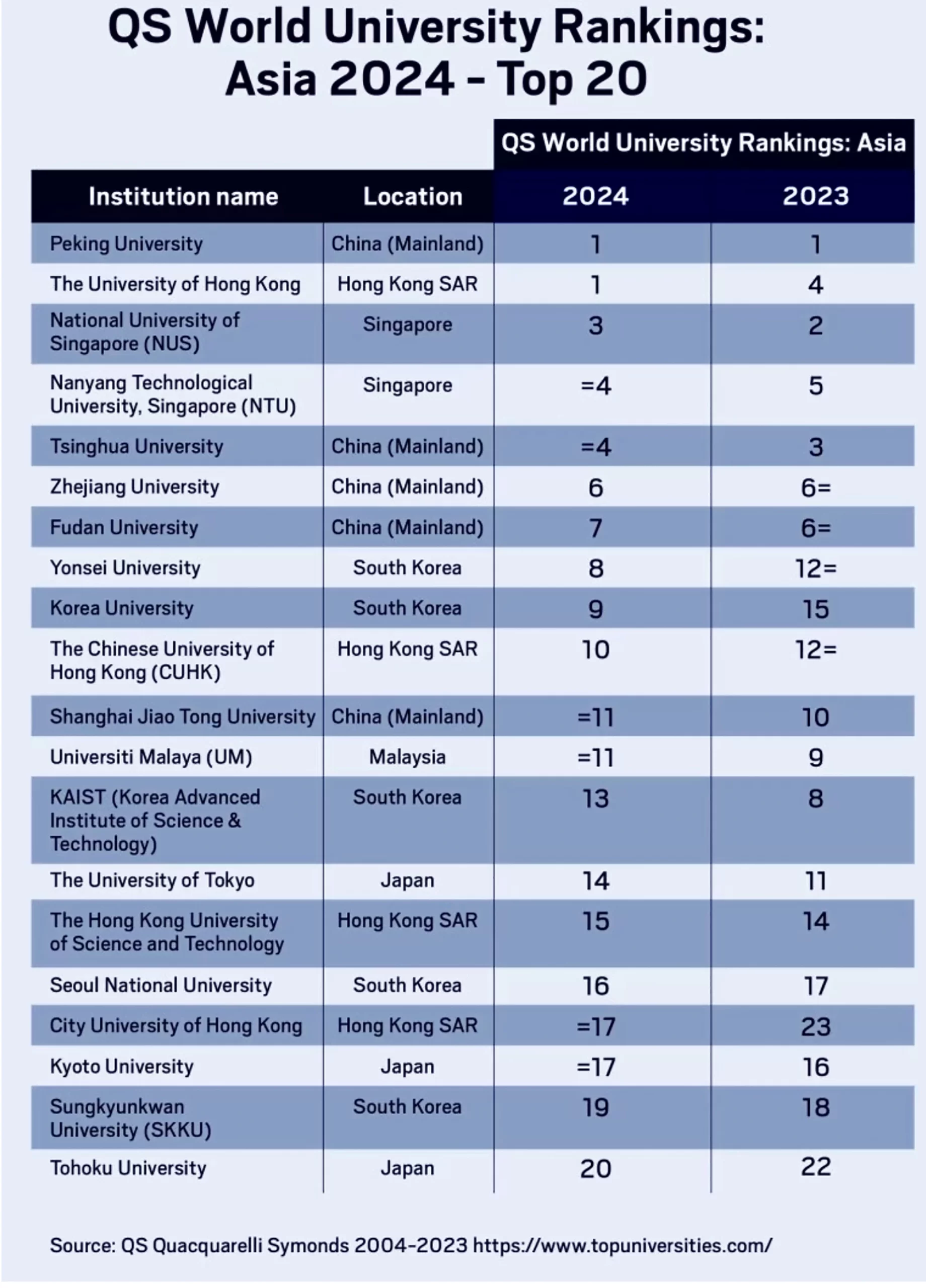
News Source: Indian Express
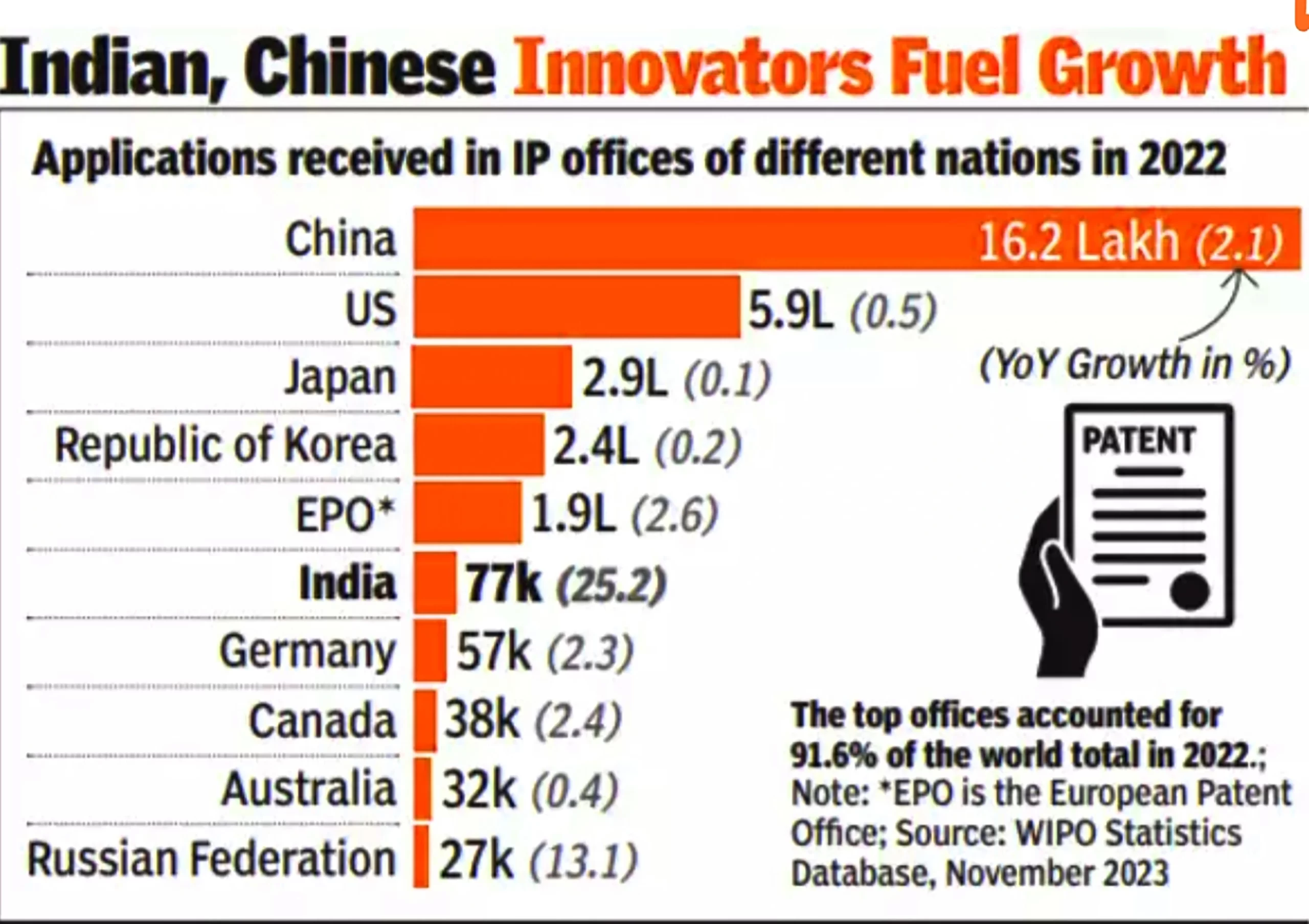

World Intellectual Property Organization (WIPO):
|
|---|
|
|---|
News Source: Economic Times
Organic farming in India:
Schemes to promote organic farming:
|
|---|
NCOL provides a platform to all the organic farmers across the country and makes arrangements for marketing of their products.
News Source: PIB
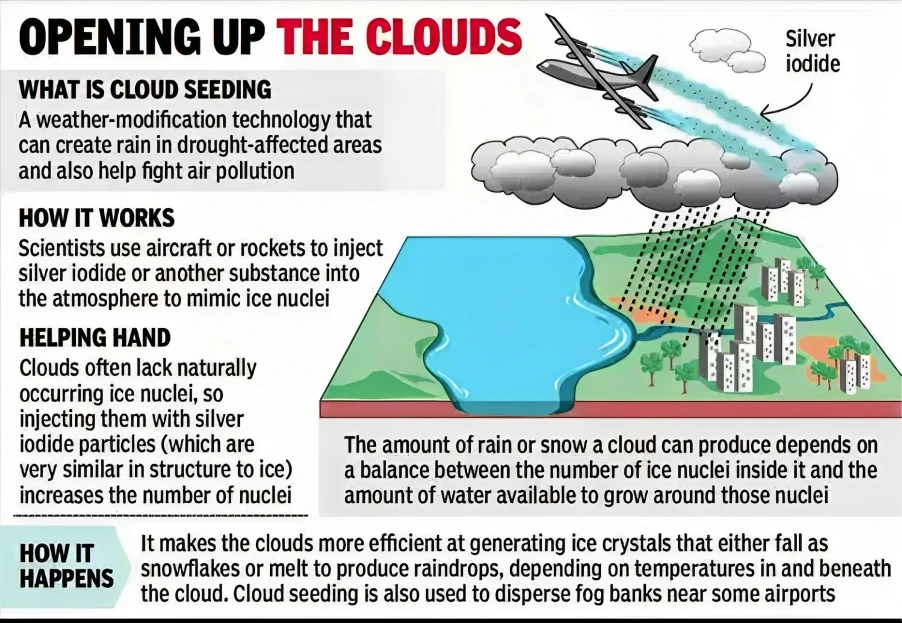
News Source: Economic Times
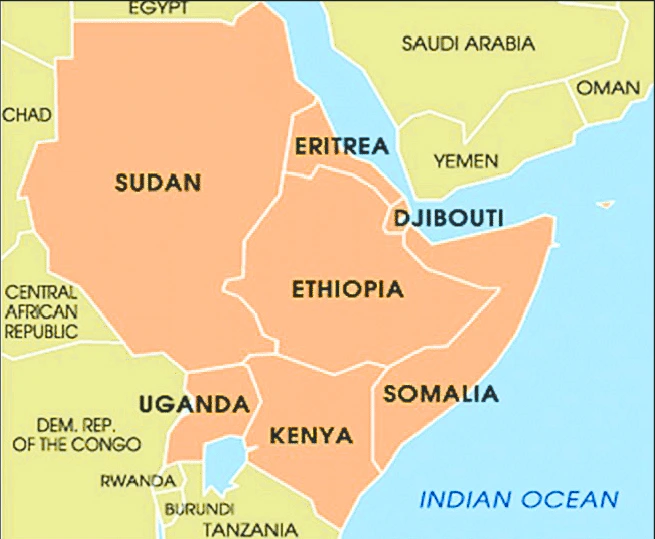
About The Horn of Africa (HoA):
Greater Horn Region (GHR): It additionally includes Burundi, Rwanda, and Tanzania.
|
|---|
Source: Down To Earth
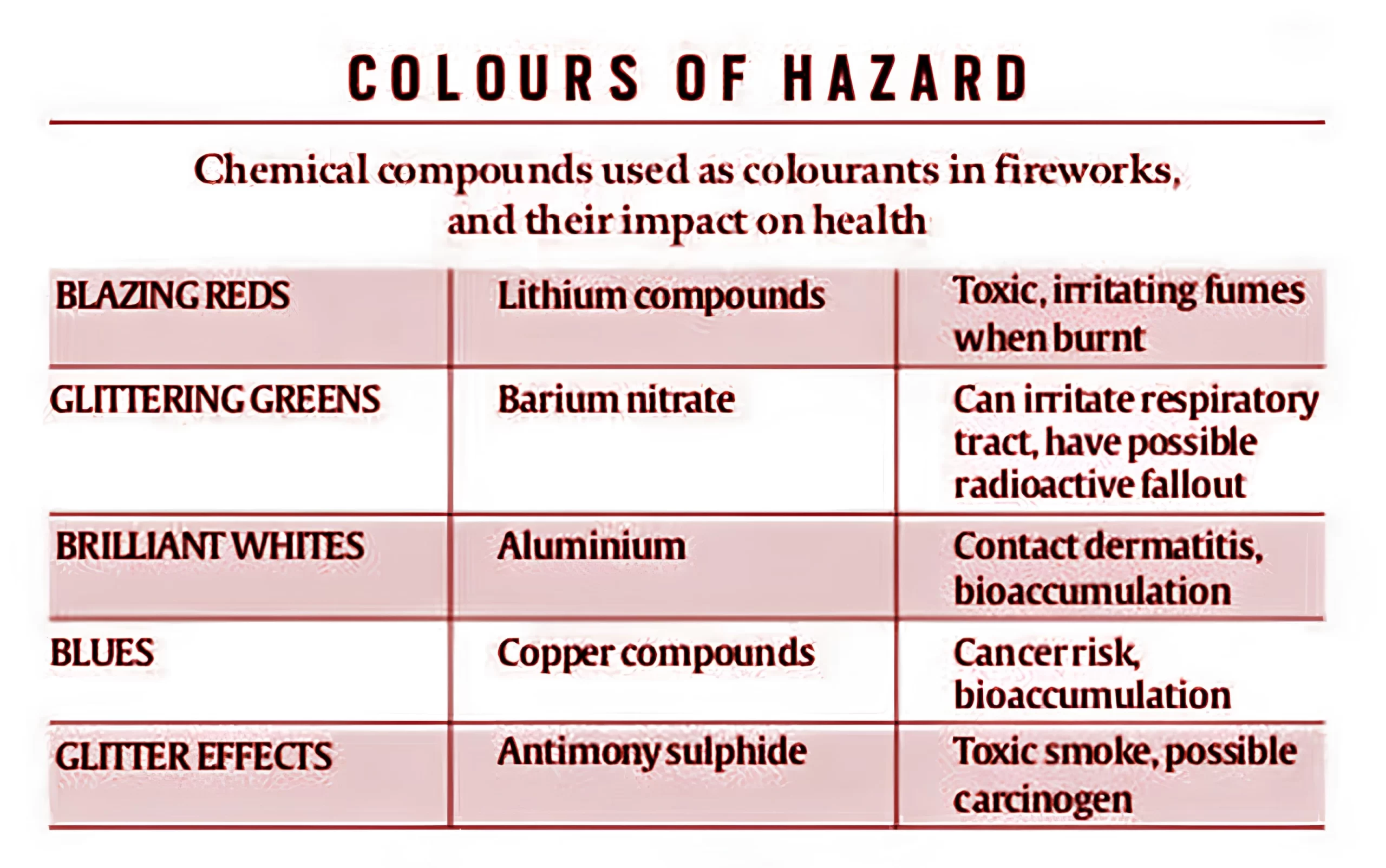
Source: Indian Express
Bureau of Energy Efficiency (BEE):
|
|---|
About ECBC 2017: ECBC sets minimum energy standards for commercial buildings.
Objective: Enabling energy savings of between 25 and 50 percent in compliant buildings.
Energy Conservation (Amendment) Act, 2022: it further expands the ambit of building codes in the country.
ECO Niwas Samhita:
ENS launched in two parts
|
|---|
State Energy Efficiency Index (SEEI) 2022
|
|---|
Status of ECBC Implementation: Although 23 out of 28 states have notified ECBC rules, only 15 states have notified rules based on the latest ECBC, 2017. These include Uttar Pradesh, Punjab, Karnataka, Andhra Pradesh, Telangana, and Kerala.
Source: Indian Express
About G7:
|
|---|
Source: The Hindu
International Monetary Fund (IMF):
|
|---|
SDR Quotas are the building blocks of the IMF’s financial and governance structure.
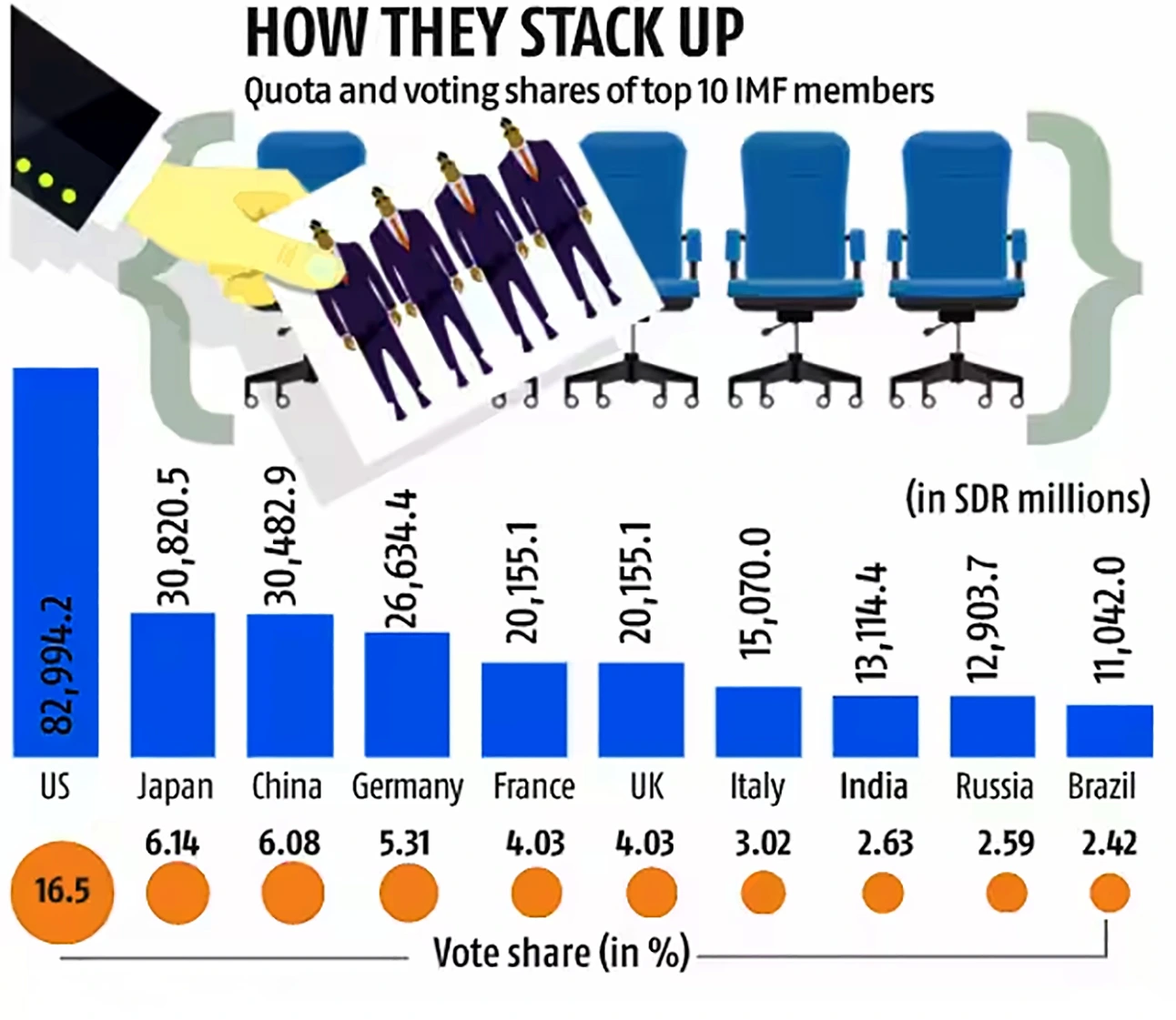
Source: Business Standard
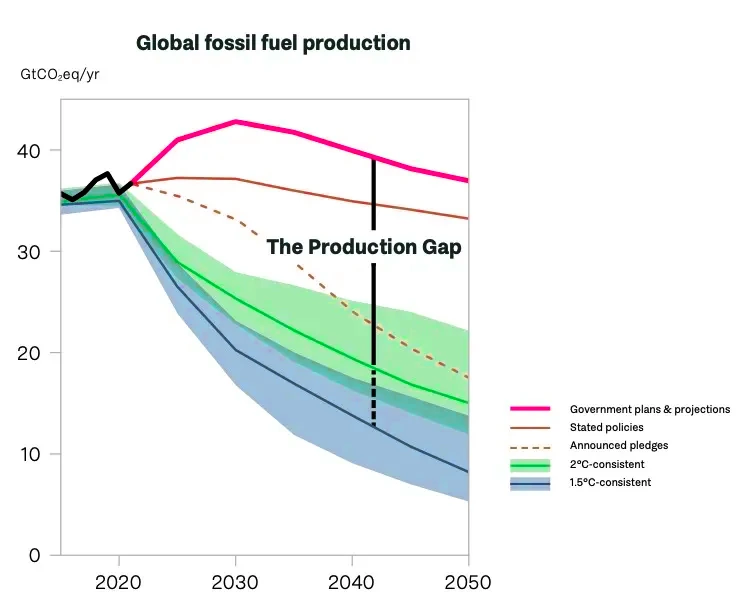
What is the Production Gap?
|
|---|
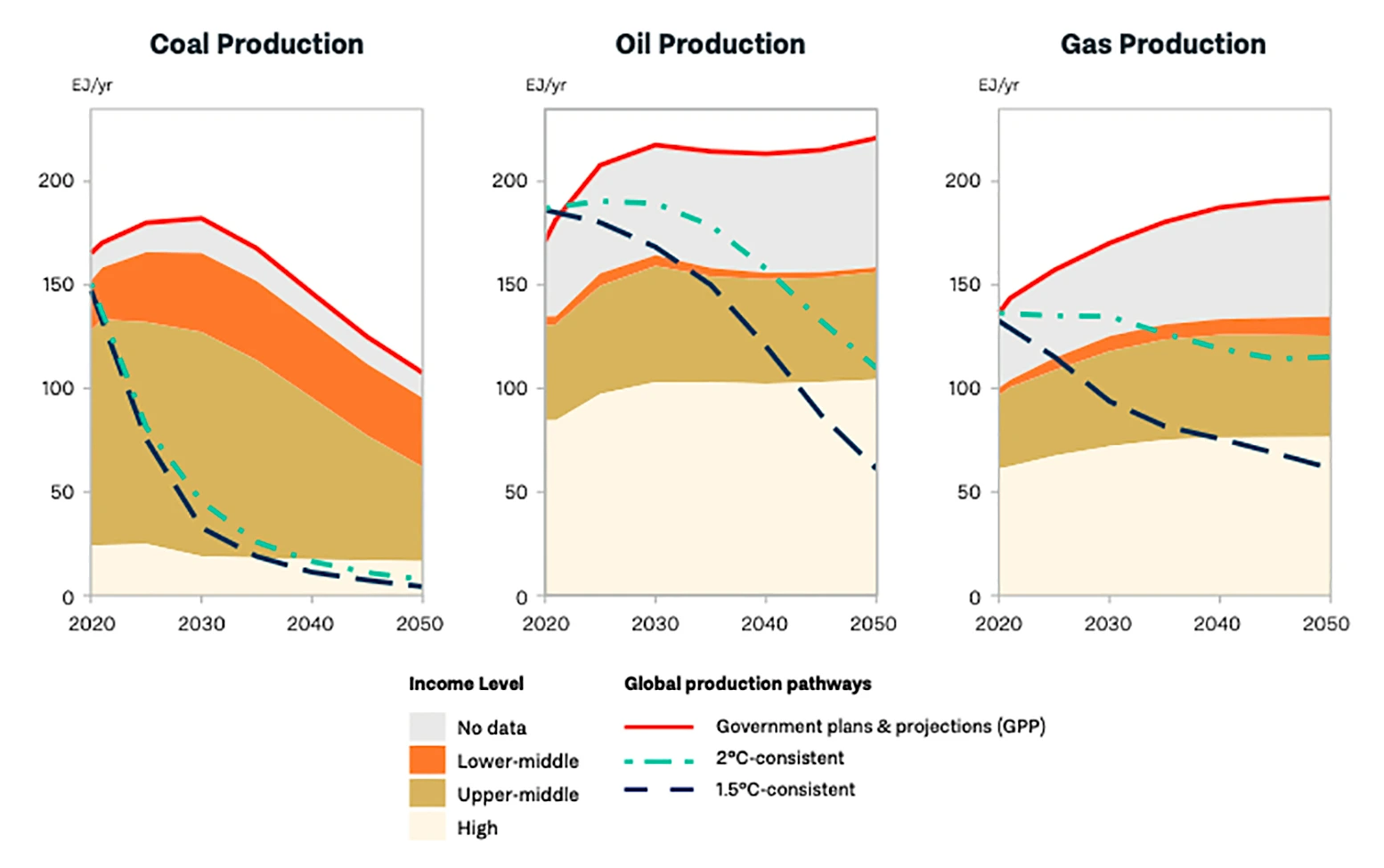
What are NDCs?
|
|---|
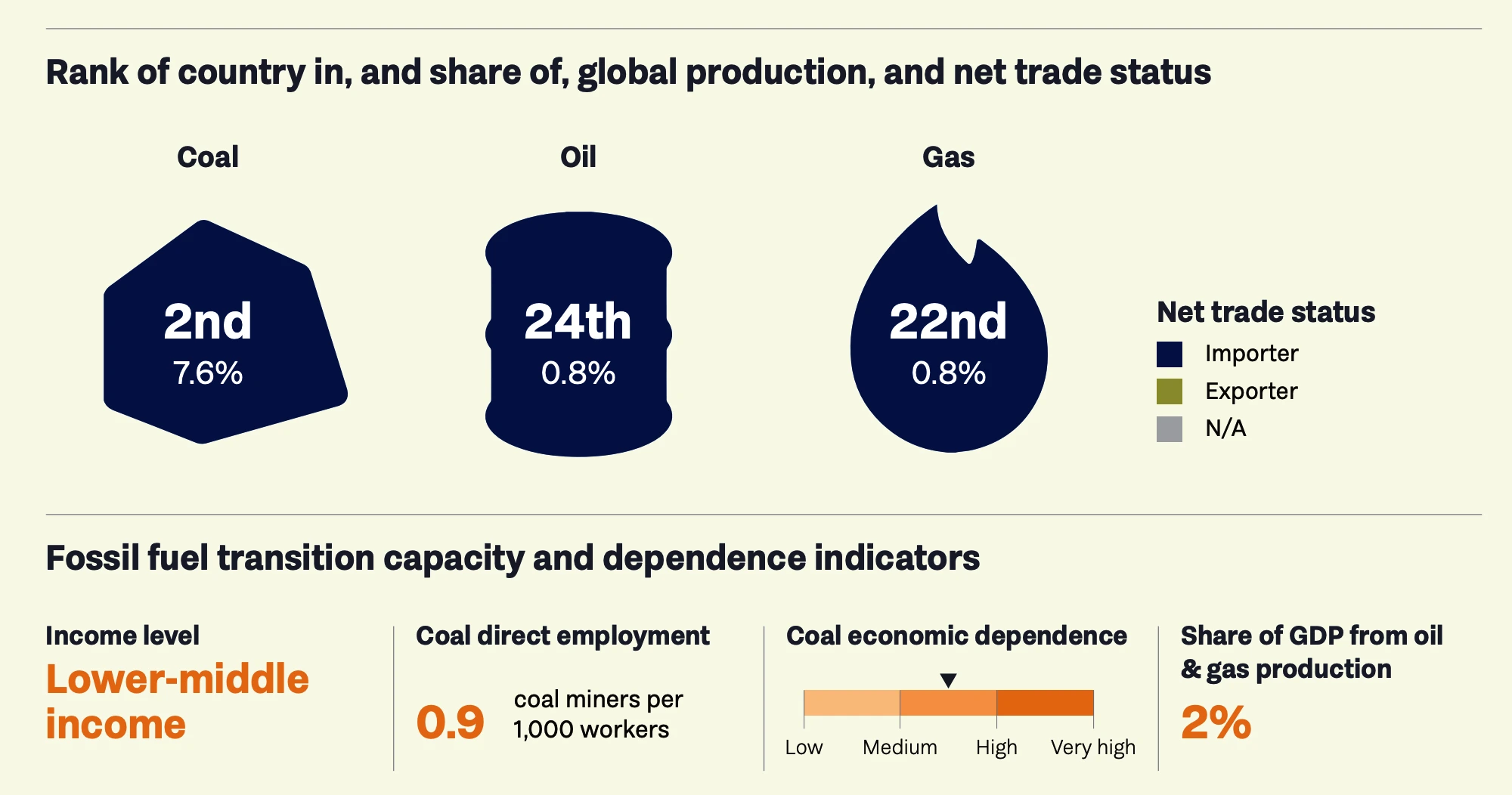
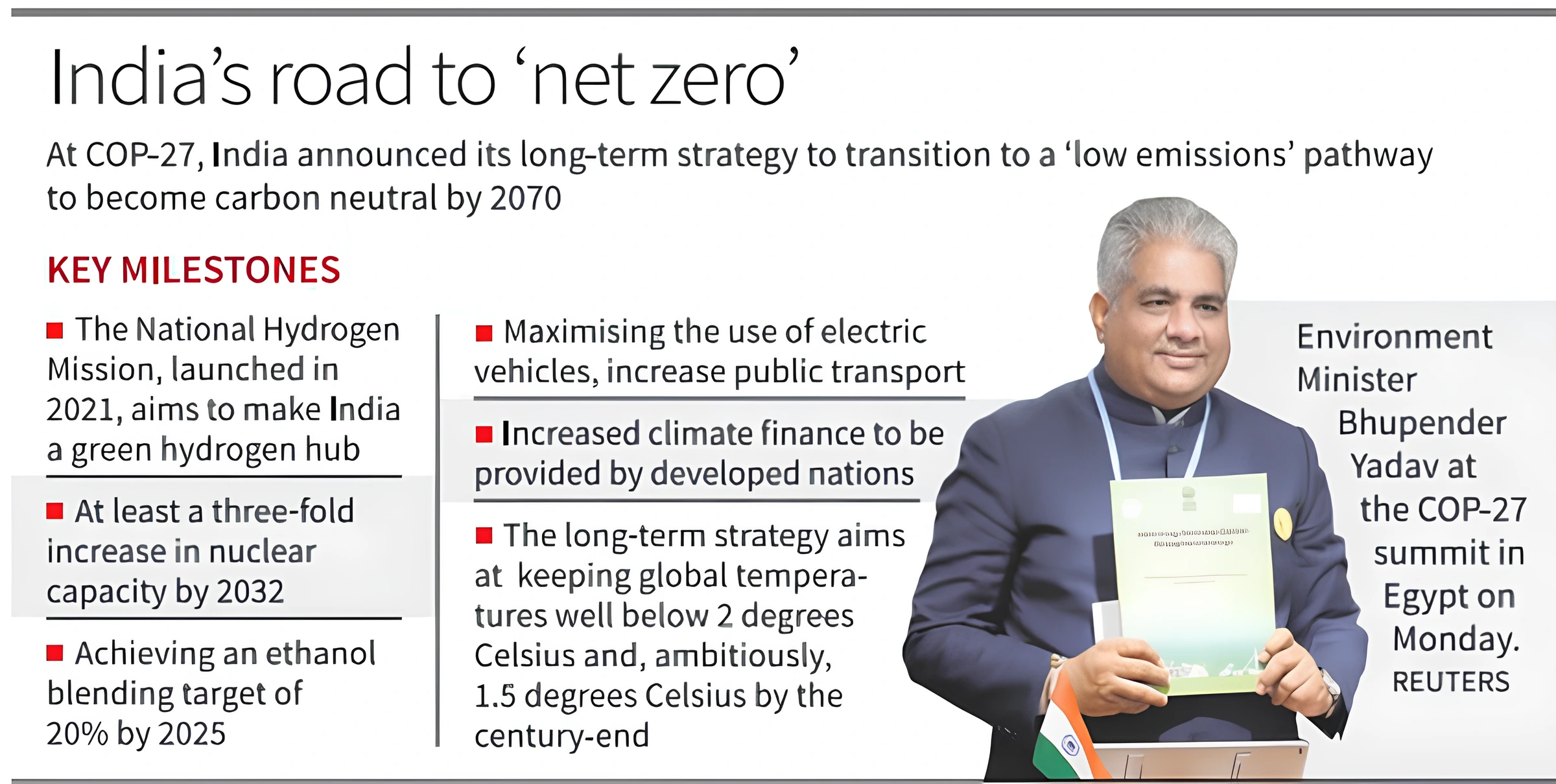
Spread of Covid-19:
India under Lockdown: Janta Curfew:
First Lockdown (2020)
Second Lockdown (2021)
|
|---|
Multidimensional Poverty in India:
NITI aayog MPI:
|
|---|
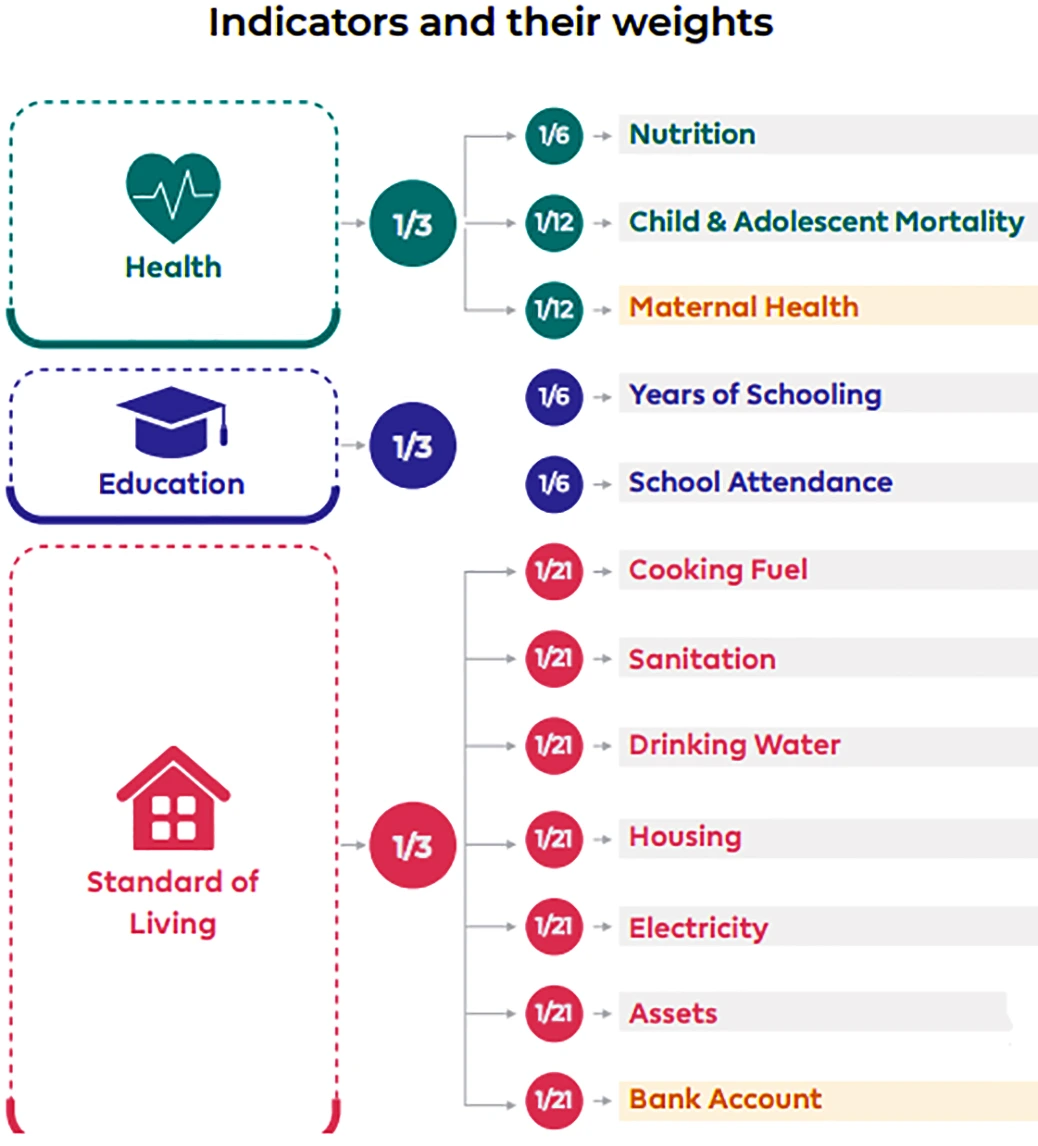
| For example-The increased harvest and transportation cost, fall in general prices and market closures, amongst other factors had caused farmers to lose thousands of crores (₹70,500 crores for rabi season alone) in the initial phase of lockdown |
|---|
Pradhan Mantri Garib Kalyan Yojana/Package: It was a comprehensive relief package for the poor to help them fight the battle against CoronaVirus. This was announced in March 2020, to reach out to the poorest of the poor, with food and money in hands, so that they do not face difficulties in buying essential supplies and meeting essential needs. The package included the measures listed hereunder from 30th March 2020:
|
|---|
How Climate Change is Creating Refugees Across the...
View India’s Gender Gap Report Ranking as a Warn...
Aiding India’s Progress with Choice, Control and...
Bridge too Far: On the Bridge Collapse in Vadodara
How India’s Biofuel Potential Complements its Le...
As PM Modi lands in Namibia, this is why the Count...
<div class="new-fform">
</div>
